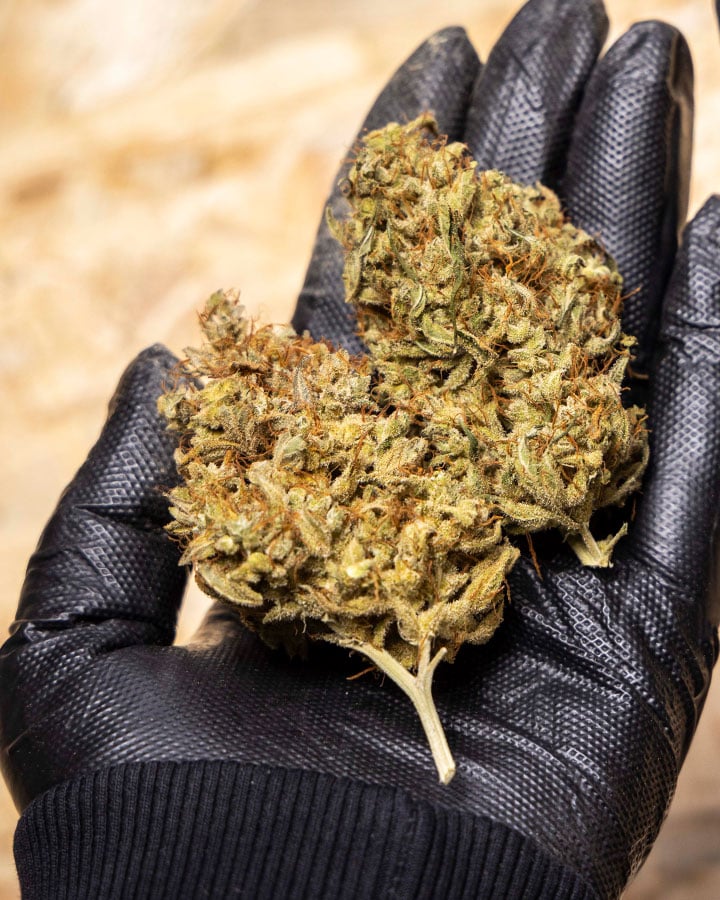Weed in Diadema: Understanding the Impact and Management Challenges

The coastal waters of Diadema, a municipality located in the southeastern region of Brazil, are renowned for their rich marine biodiversity. However, like many other regions around the world, Diadema is facing significant ecological challenges, particularly concerning the increasing presence of aquatic weeds. These plants, which thrive in both freshwater and marine environments, have the potential to disrupt local ecosystems, hinder human activities, and complicate management efforts.
This article explores the issue of aquatic weeds in Diadema, the environmental and economic consequences of their spread, and the strategies that can be employed to manage these invasive species. on Weed in Diadema .
The Rise of Aquatic Weeds in Diadema
Aquatic weeds are non-native plants that grow in water bodies, often outpacing the growth of native species. In Diadema, the most concerning of these species include Eichhornia crassipes (water hyacinth), Salvinia molesta (giant salvinia), and various species of invasive algae. These weeds typically thrive in nutrient-rich environments, where human activities such as agriculture, industrial waste, and urban runoff contribute to the excessive buildup of nutrients like nitrogen and phosphorus in water bodies. The resulting eutrophication creates ideal conditions for the rapid proliferation of aquatic weeds. on Weed in Diadema .
In Diadema, the watersheds of local rivers and estuaries are particularly vulnerable to this phenomenon. The growth of these plants is often accelerated by high temperatures, stagnant waters, and pollution, which makes them increasingly difficult to control.
Environmental and Economic Impacts
The presence of aquatic weeds in Diadema has far-reaching consequences for the local ecosystem. One of the primary environmental impacts is the reduction of biodiversity. Invasive weeds can outcompete native plants, leading to a loss of species that are integral to the food web. In particular, these weeds create dense mats that block sunlight from reaching underwater vegetation, depriving marine life of necessary resources for survival.
Additionally, aquatic weeds can alter the oxygen levels in the water, leading to hypoxic conditions (low oxygen). This phenomenon is detrimental to fish and other aquatic organisms, leading to fish kills and further disruptions in the ecosystem. In some cases, these weeds may even exacerbate the effects of climate change by limiting the ability of marine habitats to adapt to temperature fluctuations and other stresses.
Economically, the spread of aquatic weeds in Diadema has serious consequences for local industries. Fishing, tourism, and even agriculture can be severely impacted by the proliferation of invasive plants.
Management Challenges Weed in Diadema
Effectively managing the spread of aquatic weeds in Diadema presents a range of challenges. One of the primary difficulties lies in controlling the rapid growth of these plants.
Mechanical removal, for instance, involves physically cutting and collecting the weeds, but this process is time-consuming and often requires significant resources.
The use of herbicides to control aquatic weeds is another common approach. However, these chemicals can have detrimental effects on water quality and harm non-target species, including native plants and animals. The application of herbicides also requires careful monitoring and regulation to avoid unintended ecological consequences.
In some cases, introducing herbivorous insects or fish has helped to reduce the weed populations. However, these biological agents must be carefully selected to ensure they do not become invasive themselves.
Another challenge in managing aquatic weeds is the underlying issue of nutrient pollution.
Moving Forward: Sustainable Solutions
Addressing the weed problem in Diadema requires a multifaceted approach. First and foremost, efforts must be made to reduce nutrient pollution at its source.
In addition, a combination of control methods should be employed. Monitoring and early detection systems are also critical for identifying new weed species and preventing them from becoming widespread.
Public awareness campaigns are essential to engage local communities in managing aquatic weeds.
Conclusion
The challenge of controlling aquatic weeds in Diadema is a complex issue that requires coordinated efforts across multiple sectors.
You’re the best when it comes to marijuana products , always taking care of me. Definitely recommending you to my friends. Thanks for the quick delivery .Really happy with the product .As usual, it’s top-notch. Keep it up you. you can contact them on email Scenthub43@gmail.com and also there Telegram : https://t.me/Scenthub43
wow Thanks for the referral they have great service and got the best weed around. and the delivery is so smooth

Thanks for always being reliable! I can always count on you for good product.
You’re the go-to in the area for a reason. Always a smooth experience